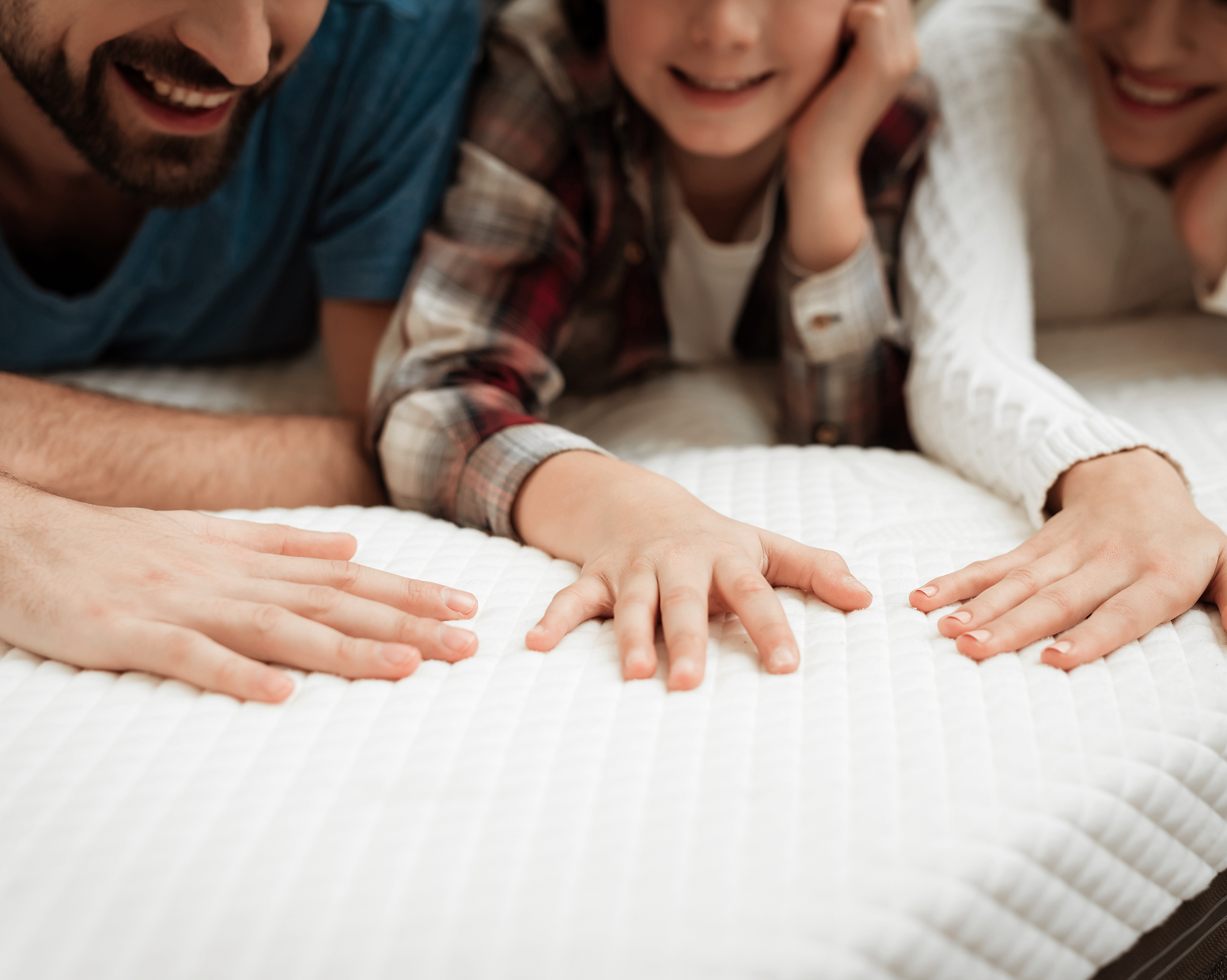Weak materials shorten product life
Household items like sofas, chairs, and mattresses endure constant stress as people sit, lie down, and move around on them. Subpar fabric in seat decks, spring covers, or mattress liners may stretch, tear, or grow lumpy after only a few months of use. In bedding applications, moisture retention can lead to mildew, unpleasant odors, and accelerated breakdown of cushioning layers. This premature wear compromises comfort and aesthetics, prompting dissatisfied customers to replace their furniture or mattresses sooner than they would like.
Weak materials shorten product life
Household items like sofas, chairs, and mattresses endure constant stress as people sit, lie down, and move around on them. Subpar fabric in seat decks, spring covers, or mattress liners may stretch, tear, or grow lumpy after only a few months of use. In bedding applications, moisture retention can lead to mildew, unpleasant odors, and accelerated breakdown of cushioning layers. This premature wear compromises comfort and aesthetics, prompting dissatisfied customers to replace their furniture or mattresses sooner than they would like.
.jpeg)
.jpeg)

.jpeg)
.jpeg)

High-performance fabrics for durable furniture and comfortable mattresses
Weak materials shorten product life
Household items like sofas, chairs, and mattresses endure constant stress as people sit, lie down, and move around on them. Subpar fabric in seat decks, spring covers, or mattress liners may stretch, tear, or grow lumpy after only a few months of use. In bedding applications, moisture retention can lead to mildew, unpleasant odors, and accelerated breakdown of cushioning layers. This premature wear compromises comfort and aesthetics, prompting dissatisfied customers to replace their furniture or mattresses sooner than they would like.

Additionally, heavy or non-breathable materials add bulk and shipping costs, while also making items stuffy and less pleasant to use. Poor flame-retardant properties raise safety concerns, particularly in institutional settings such as hotels or hospitals, where regulations may be stricter. Each of these factors highlights the importance of high-quality, lightweight textiles engineered for extended use.
Durable, comfortable products build brand loyalty

When furniture and bedding remain in good condition over time, customers develop confidence in the manufacturer’s quality standards. Comfortable seats and mattresses not only promote better posture and sleep but also enhance the overall user experience, encouraging repeat purchases and positive reviews. This level of satisfaction is particularly vital in competitive markets where brand reputation and word-of-mouth recommendations play a key role in sales.
Reliable, fire-safe materials also meet regulatory requirements and reduce liability risks. With fewer complaints about sagging or fraying, stores and suppliers can lower return rates, avoid warranty disputes, and protect profit margins. Collectively, these advantages contribute to a healthier bottom line and a stronger position in the market.
Weak materials shorten product life
Household items like sofas, chairs, and mattresses endure constant stress as people sit, lie down, and move around on them. Subpar fabric in seat decks, spring covers, or mattress liners may stretch, tear, or grow lumpy after only a few months of use. In bedding applications, moisture retention can lead to mildew, unpleasant odors, and accelerated breakdown of cushioning layers. This premature wear compromises comfort and aesthetics, prompting dissatisfied customers to replace their furniture or mattresses sooner than they would like.
Durable, comfortable products build brand loyalty
When furniture and bedding remain in good condition over time, customers develop confidence in the manufacturer’s quality standards. Comfortable seats and mattresses not only promote better posture and sleep but also enhance the overall user experience, encouraging repeat purchases and positive reviews. This level of satisfaction is particularly vital in competitive markets where brand reputation and word-of-mouth recommendations play a key role in sales.
Reliable, fire-safe materials also meet regulatory requirements and reduce liability risks. With fewer complaints about sagging or fraying, stores and suppliers can lower return rates, avoid warranty disputes, and protect profit margins. Collectively, these advantages contribute to a healthier bottom line and a stronger position in the market.

.jpeg)
.jpeg)

.jpeg)
.jpeg)
.jpeg)
.jpeg)
.jpeg)

How Solmax nonwoven fabrics support furniture and mattress design
Solmax provides nonwoven polyolefin fabrics that serve as lightweight, durable covers or liners in seating and bedding constructions. Their mildew-resistant composition helps prevent fungal growth in damp environments, which is crucial for mattress foundations or seat cushions. Because these fabrics are breathable, they aid in maintaining a comfortable temperature, a factor that significantly affects user satisfaction in mattresses and upholstered items.
By offering flame-retardant treatments, Solmax ensures compliance with flammability standards demanded in many regions and industries. The fabrics also feature high tensile strength, resisting stress from daily use without tearing or permanently stretching. Custom sizing is available to integrate seamlessly with various product designs, allowing manufacturers to optimize materials for each furniture piece or mattress style. This reliability, combined with environmental certifications, positions Solmax nonwoven fabrics as an industry-leading choice for long-term comfort and performance.




Key benefits
High tensile strength
Prevents rips and stretching under frequent, heavy use
Lightweight composition
Simplifies handling and reduces shipping costs
Mildew-resistant
Helps avoid odor and microbial growth in humid conditions
Breathable design
Improves comfort by dissipating heat and moisture
Flame-retardant options
Meets strict fire safety regulations
Custom sizing
Adapts to various furniture and mattress specifications
.png)


